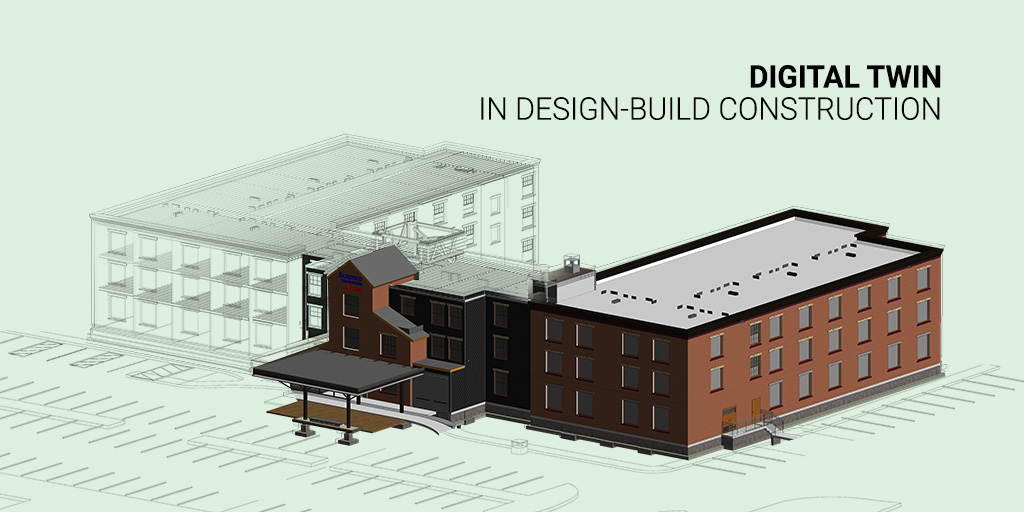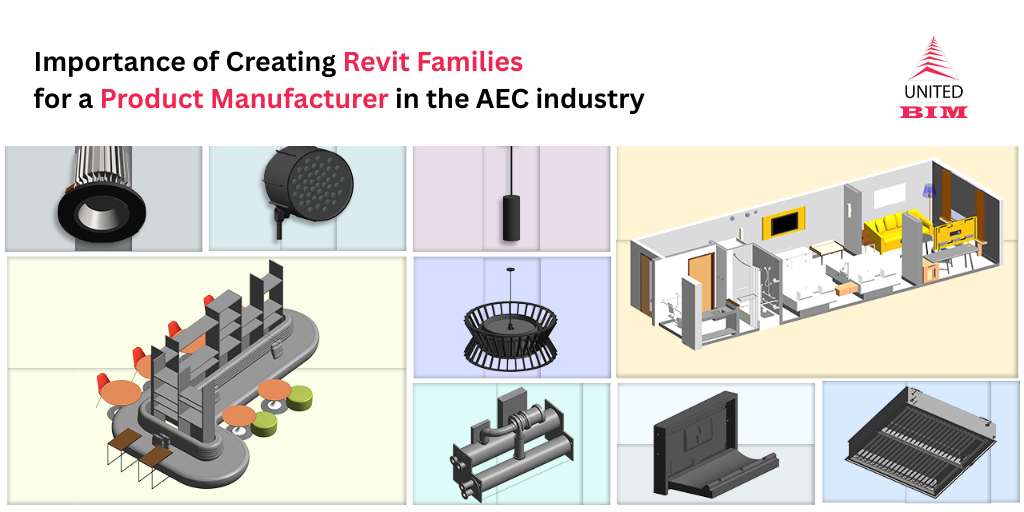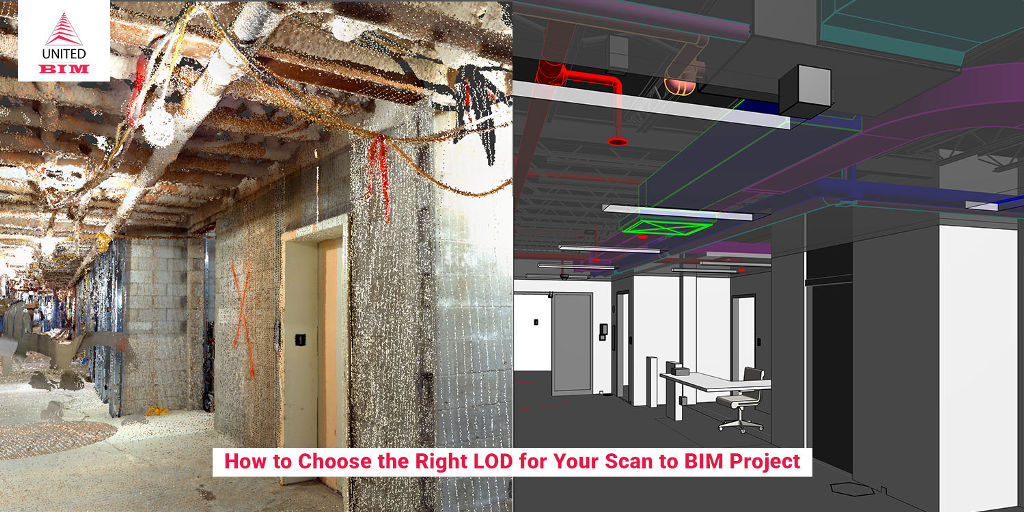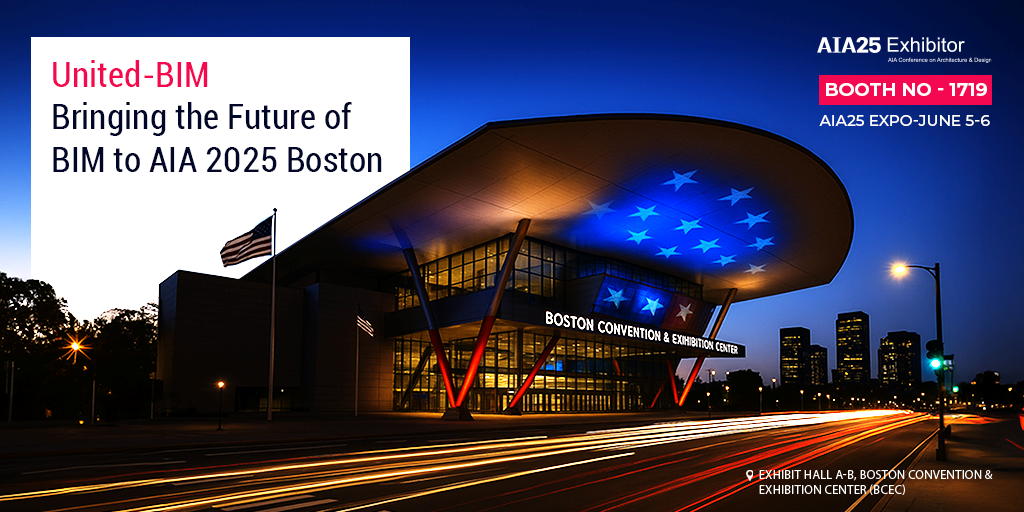Last updated on: February 26, 2025
Many of you might have stumbled upon this term- “Digital Twin”. Have you wondered what this digital twin means? Well in layman’s language, Digital Twin is a digital/virtual replica of a physical entity.
Does Digital Twin always mean a BIM Model? Not always.
BIM is an integral part of a Digital Twin but the concept is much broader. The functionality of a BIM Model is to replicate the physical asset along with its properties as per the Level of Detail. However, there are some key differences, a Digital Twin is connected with the physical world- a “digital thread”.
A Digital Twin is a digital model of a building that collects real-world information and creates high-fidelity prototypes of the building via technology like sensors, drones, lasers, and other wireless technology. The “twin” gathers information from multiple sources like analytics, algorithms, and artificial intelligence to continuously gain insights about the performance, operation, or efficiency of the project, whether built or in progress.
Digital Twin is the evolution of a model from multiple technologies including 3D simulation, artificial intelligence, and cloud computing. It goes beyond the simulation to help the users understand what is happening in the real world. Real-time reporting is the best advantage for carrying out simulations and considering hypothetical scenarios before putting resources into a new project.
What includes in Digital Twin?
Now that we have some clarity on the concept of Digital Twin when it comes to the design built environment. A digital twin creates exact replica of a physical entity, in construction, it records a single step of the construction cycle and hence there is a huge number of data packed into each one. This packed data includes:
- BIM models
- 2D models and drawings
- Schedules
- Contracts
- Construction documents (i.e., submittals, change orders, RFIs, etc.)
- Operational data collected by the embedded sensors
- Data from Artificial Intelligence
Have any doubts? Let us know. Team United-BIM would be happy to assist you.
Drop us a mail, or Talk to us directly – (860) 317-7105
Application of Digital Twin
For the design and built environment, the need to monitor and track the progress of the asset lifecycle with the advancement in technological capabilities have moved several research fields. Many of the uses of the Digital Twin is right under the BIM field, but with the Digital Twin into the picture, the level of detail and precision has increased.
Digital twins have promising applications in the design and built environment. It can recreate a building digitally before actual construction, which leads to better design decisions. Once the project is completed, the digital twin is useful for building modifications, operation, and facility maintenance.
Digital Twin is more of a concept that has now proliferated with the rise of new technologies. Several studies have referred to it being a “cyber-physical integration”. The aim is to communicate data in a more effective, precise, and intelligent manner.
There are three main elements of the Digital Twin are:
- Physical Entity
- The Data (Digital Thread)
- Virtual Model
The digital twin has promising applications in the design and built environment. It can recreate a building digitally before actual construction, which leads to better design decisions. Once the project is completed, the digital twin is useful for building modifications, operation, and facility maintenance.
A digital twin can be leveraged for visualization, documentation, adherence to codes, modeling, analysis, progress tracking, and planning. The professionals like facility managers, architects, engineers, developers, builders, and owners are the main users and beneficiaries of the digital twin concept.
1. Real-time Data
Digital twin enables the project teams to know how a building is performing in real-time, which allows them to track and optimize the efficiency of the building.
2. Safety and Security
Digital Twin can predict potential failures in building systems like HVAC, electrical, etc. that can save and prevent serious accidents and damages. This results in saving a lot of time, costs, and expensive shutdowns.
3. Simulation
High-fidelity simulation is feasible with the help of Digital Twin. The data extracted is sensor-based and is highly accurate for it to conduct clash detection, costing, construction/deconstruction simulation, etc.
4. Prediction Data
As a digital twin is envisaged to include all the aspects of the physical entity, I enable the teams to effectively manage the operation of the asset. It is inter-dependent and acts in unison with simulation data. It can predict data like- cost forecast, energy demand, traffic congestion, weather forecast, etc.
Challenges
While Digital Twin is expected to reap many benefits in the design and build environment in the years to come, there are roadblocks to its successful adoption. Adopting Digital Twin requires a range of technology and software which is not easy. Firstly, there is time and cost investment to create and manage the Digital Twin. Secondly, even if we do build the assets, it is difficult to gather and consistently maintain the information so that it can be utilized in an efficient manner. Thirdly, until the full adoption of the twins, owners, and contractors may not be able to understand and appreciate how it is improving the operation and maintenance.
References
- https://constructible.trimble.com/construction-industry/what-are-digital-twins
- https://www.sciencedirect.com/science/article/pii/S0926580519314785
- https://www.constructiondive.com/news/tech-101-digital-twins/
- https://www.globalinfrastructureinitiative.com/article/digital-twins-taking-modular-construction-next-level
- https://constructionblog.autodesk.com/digital-twin/
About the Author

Coordination Manager / VDC Manager at United BIM
With over 10 years of experience in the AEC industry, Akash Patel is a seasoned Coordination Manager and VDC Manager at United BIM. His expertise lies in managing complex MEP-FP coordination projects and leveraging cutting-edge BIM technology to ensure seamless collaboration and precision. Akash is dedicated to delivering high-quality, detailed models that meet the demands of modern construction. He is passionate about optimizing workflows and driving innovation within the BIM field.








